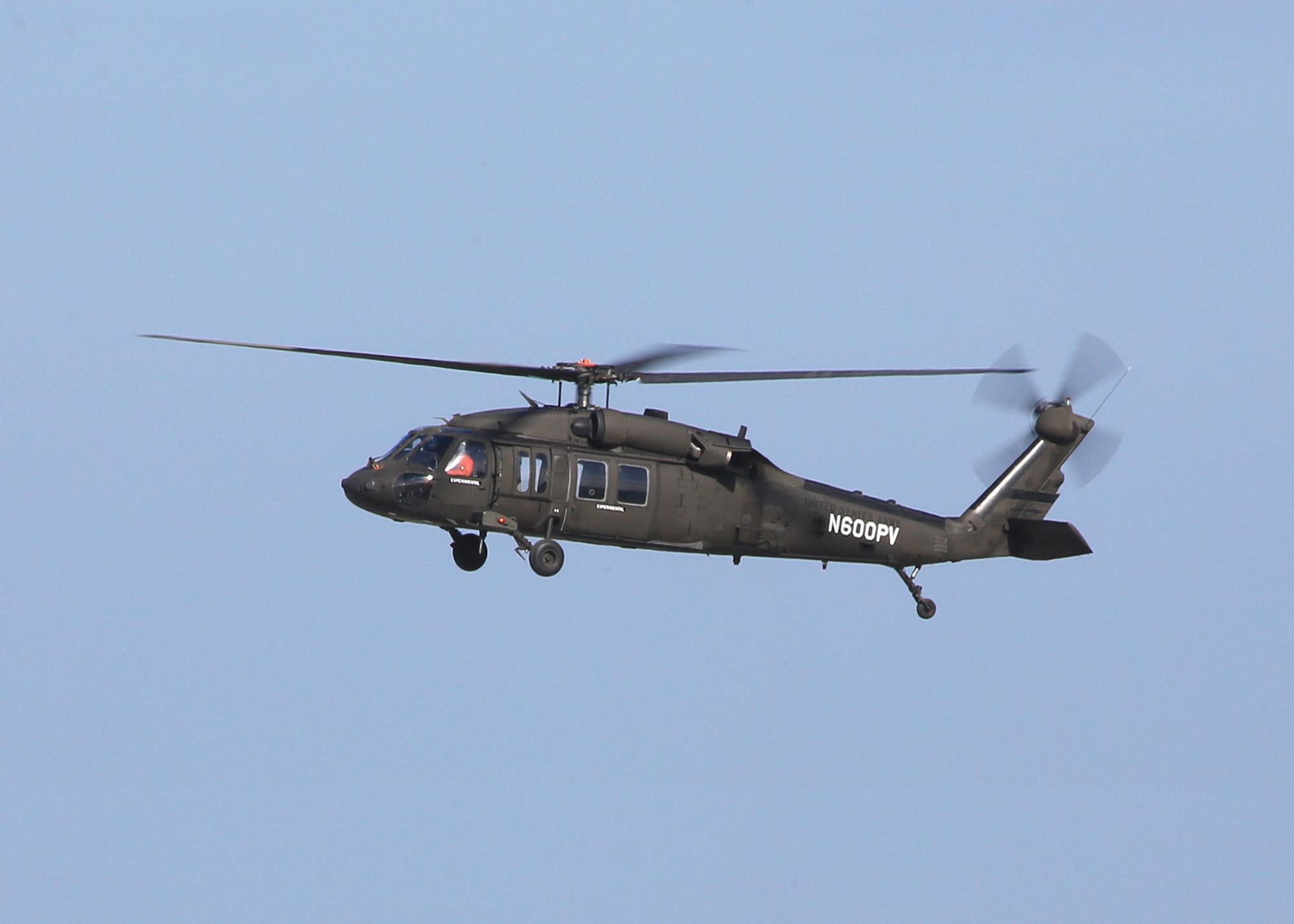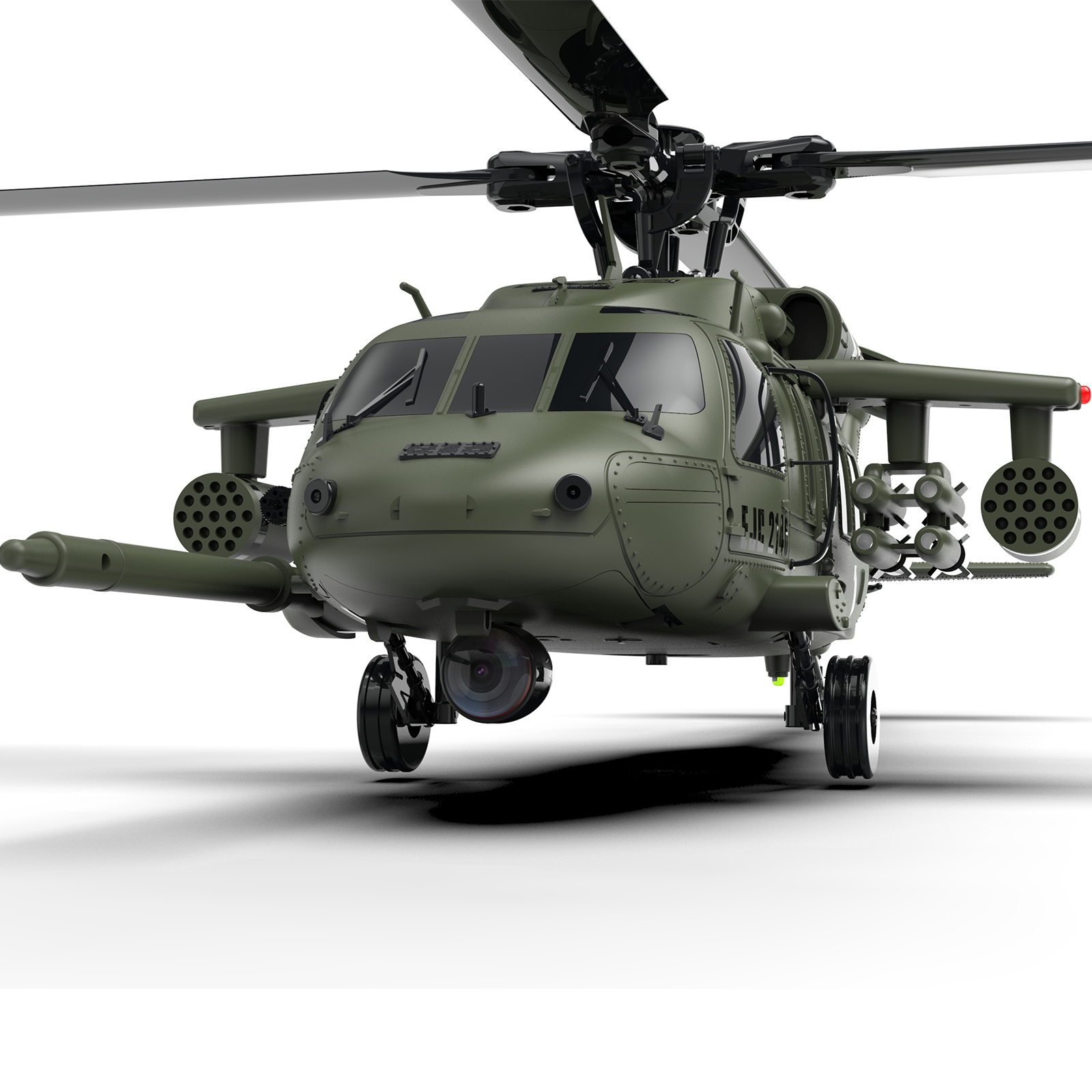Understanding the UH60: The Ultimate Military Helicopter Experience
The UH-60 Black Hawk helicopter stands for an important development in army air travel, combining durable engineering with complex operational capacities. As we check out the history, specs, and technological innovations of the UH-60, it becomes obvious that its function in forming contemporary army techniques is both substantial and significant.
Background of the UH-60
Emerging from the requirement for a versatile energy helicopter throughout the late 1960s, the UH-60 Black Hawk was developed by Sikorsky Airplane Firm in feedback to the U.S. Military's demand for a contemporary field of battle transportation helicopter. The design process started in 1972, finishing in its first trip in October 1974. The Black Hawk was crafted to change the aging UH-1 Iroquois, likewise referred to as the "Huey," which had been a staple of Military aviation because the Vietnam War.

Throughout the years, the Black Hawk has actually undergone numerous upgrades, maintaining its relevance in modern military procedures. Its success has actually brought about the growth of numerous versions, serving several branches of the united state armed forces and allied forces worldwide, establishing the UH-60 as a cornerstone of armed forces air travel history
Key Features and Specs
The UH-60 Black Hawk is distinguished by its sophisticated style and robust specifications, which add to its flexibility on the battleground. This multi-role helicopter features a twin-engine arrangement, powered by 2 General Electric T700-GE-701C engines, providing a maximum output of 1,800 shaft horse power each. This effective engine configuration allows the Black Hawk to get to a maximum speed of about 183 knots (211 miles per hour) and a service ceiling of 19,000 feet.
The airplane's composite rotor blades supply extraordinary lift and maneuverability, while its four-blade major blades system enhances stability (UH60). The Black Hawk is outfitted with sophisticated avionics, consisting of a digital cockpit and evening vision abilities, making certain efficient procedures in diverse conditions. Its cabin can accommodate up to 11 soldiers or carry up to 8,000 extra pounds of cargo, making it suitable for different logistical needs
The UH-60's modular layout enables very easy maintenance and upgrades, ensuring durability and adaptability in evolving army requirements. In addition, its sophisticated survivability attributes, such as crashworthy seats and armor, enhance team safety during goals. In general, the UH-60 Black Hawk represents a significant improvement in military air travel modern technology.
Operational Duties and Missions
Adaptability is a hallmark of the UH-60 Black Hawk, enabling it to do a broad selection of operational functions and goals throughout various army environments. Mainly made for army transport, the Black Hawk can lug up to 11 soldiers and is often used in air attack procedures, allowing quick insertion and removal of ground forces in official site objected to areas.

In enhancement to army transportation, the UH-60 is adept at medical evacuation (MEDEVAC) objectives. Outfitted with innovative clinical tools and employees, it can quickly leave wounded soldiers from the combat zone, considerably boosting survival prices in critical situations. The helicopter also plays a vital duty in logistics support, supplying materials, ammo, and devices to onward running bases in austere settings.
Furthermore, the Black Hawk offers as a system for special operations missions, including reconnaissance and straight action. Its ability to operate in numerous terrains and its low-flying capacities make it a crucial property for units carrying out covert procedures.

Technological Advancements
Innovation in aeronautics modern technology has actually considerably enhanced the abilities of the UH-60 Black Hawk, ensuring its importance in modern army operations. The helicopter is outfitted with sophisticated avionics systems that provide pilots with premium situational awareness, consisting of multi-functional displays, improved GPS, and cutting-edge surface understanding systems. These functions make it possible for accurate navigating and mission implementation, even in challenging atmospheres.
Moreover, the combination of data systems enables secure and immediate details exchange between devices, assisting in worked with operations. The UH-60's upgraded blades systems and composite products add to improved performance, using greater speed, agility, and decreased upkeep prices.
Additionally, improvements in tool systems, such as the ability to deploy precision-guided artilleries, boost the Black Hawk's role in combat situations. The helicopter's capability to sustain medical discharge goals is additionally reinforced by new clinical equipment and innovations, making sure effective client care in transportation.
Last but not least, continuous improvements in stealth modern technology and noise decrease mechanisms further solidify the UH-60's effectiveness in hidden procedures, enabling it to run in hostile territories with a decreased probability of detection. Jointly, these technical developments emphasize the Black Hawk's sustaining prestige in army aviation.
Influence On Modern War
Enhanced capacities of the UH-60 Black Hawk have actually greatly influenced modern warfare strategies and techniques. Its versatility in army transport, medevac procedures, and reconnaissance duties has actually redefined the operational landscape for military forces. The helicopter's ability to run in varied atmospheres, from urban setups to tough surfaces, enables for greater tactical adaptability, allowing leaders to adapt promptly to altering battleground problems.
The UH-60's sophisticated avionics and interaction systems improve situational recognition, promoting real-time knowledge sharing and control among devices. This ability is crucial in modern-day asymmetric war, where rapid decision-making can figure out the outcome of engagements. Moreover, the helicopter's capability for fast insertion and extraction of special procedures pressures has ended up being a characteristic of contemporary army campaigns, emphasizing rate and accuracy.
Moreover, the Black Hawk's assimilation with unmanned aerial systems and various other advanced innovations indicates a change towards multi-domain operations. Therefore, the UH-60 not just functions as an important property in standard conflicts but additionally plays a pivotal role in counterinsurgency and peacekeeping objectives, highlighting its long-lasting influence on modern-day military doctrine and the evolution of warfare.
Final Thought
The UH-60 Black Hawk stands for a pinnacle of military aviation, characterized by its versatility, progressed engineering, and robust layout. Continual technical improvements and enhancements have more strengthened visit our website the Black Hawk's tactical significance, enabling quick action and versatility in varied battle scenarios.

Technology in air travel modern technology has substantially boosted the capabilities of the UH-60 Black Hawk, guaranteeing its importance in contemporary army procedures.The UH-60 Black Hawk represents a pinnacle of army aeronautics, defined by its convenience, advanced engineering, and robust layout.